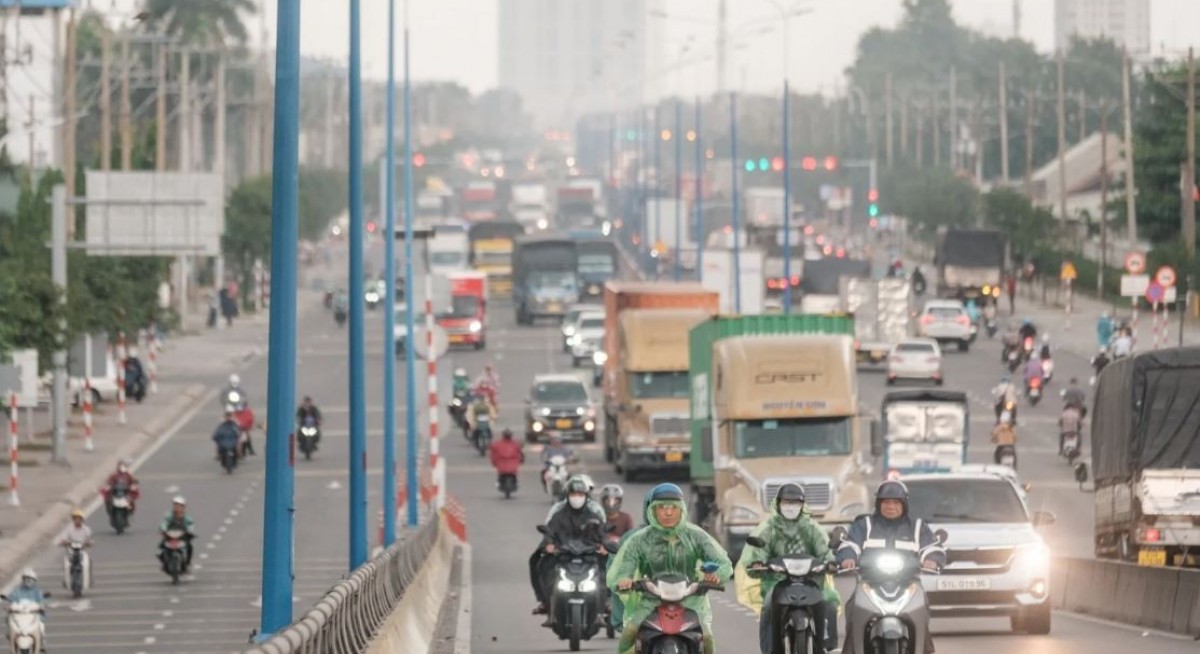“Trade deals have stabilized expectations, which should provide support to export growth,” AMRO’s chief economist, Dong He, said during a news conference. “The global economy has held up well despite the headwinds associated with trade policy uncertainty.”
Behind the rosier outlook is a surprise outperformance in the first half of the year, when exporters raced to get shipments to the US as steep tariff hikes loomed ahead. The Trump administration has since announced trade agreements with the likes of Japan, though it’s still working on a more lasting deal with China and others.
Going forward, consumer and business demand domestically as well as outside the US will continue to support Asia, according to AMRO.
Analysts revised up expectations across most countries, from China and Japan to Southeast Asian economies including Vietnam. Cambodia and Brunei were the only two nations to see lower forecasts for 2025.
See also: What the conventional economic wisdom is missing
Inflation has come in line with most central bank goals across the region, which allows officials to keep policy accommodative, AMRO said. And despite currency fluctuations, countries also have ample foreign currency reserves.
US policy uncertainty and tariffs, including potential levies on chips, remain key risks, analysts said.




